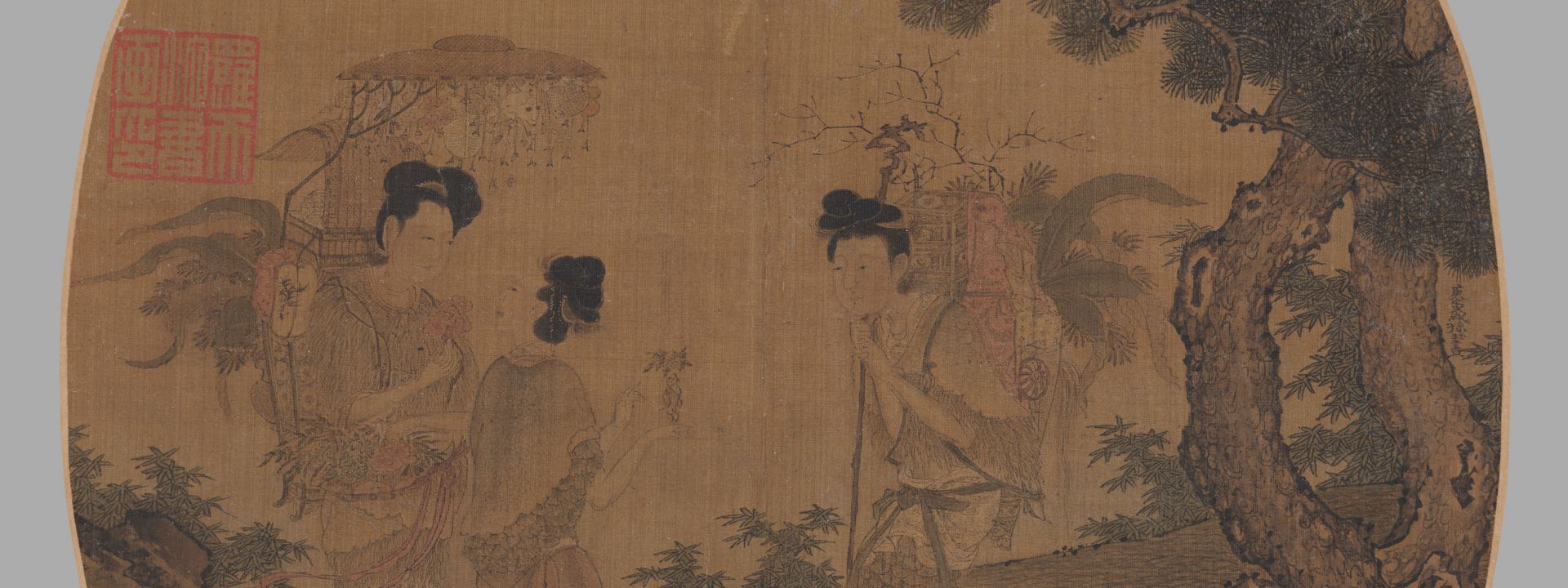Explore Historical Works that Resonate with Today’s Audiences
The Department of East Asian Art oversees works from China, Japan, and Korea, as well as Southeast Asia, Central Asia, and West Asia. With over 9,000 objects, the collection spans from the Neolithic period (2500 BCE) to today and contains the oldest works in the museum.
The Philadelphia Centennial Exposition of 1876, the first official World’s Fair held in the United States, prompted great interest in Asian art and material culture, which led to some of the first purchases for the newly established museum, including lacquerware, furniture, ceramics, and other works of art from Chinese, Japanese, Moroccan, and Persian exhibitors. In the permanent galleries, exhibitions featuring Japanese and Korean art are regularly rotated, and works on paper and textiles are rotated throughout the Chinese, Southeast Asian and Islamic sections.
Currently, the Department of East Asian Art is expanding its collection with historical and contemporary works, with particular interest in artists using historical techniques, and in relating contemporary craft arts with the museum’s timeless collection. The museum invites visitors to join the conversation.
Notable Objects
- Architectural interiors from China, Japan, and Iran, including the Japanese “Evanescent Joys” teahouse, the only teahouse by Ogi Rodo outside of Japan.
- A magnificent seventeenth-century Chinese Palace Hall with elaborately painted beams and tall ceilings, the only reception hall in an American museum.
- A 700-year-old imperial lacquered wood coffered ceiling from the Zhihua temple in Beijing, one of only two outside of China.
- A dynamic collection of varied media, including paintings, sculptures, ceramics, textiles, furniture, and works on paper, both traditional and contemporary art are featured in the galleries including:
- A Korean twelfth-century celadon vase with superb kingfisher hue glaze
- A finely decorated 400-year-old Iranian ‘Marquand’ Medallion carpet
- An imposing Thai sandstone figure of Avalokitsehvara, the bodhisattva of infinite compassion
Interested in learning more about the museum’s collection of East Asian art? Plan your visit to the museum today.














